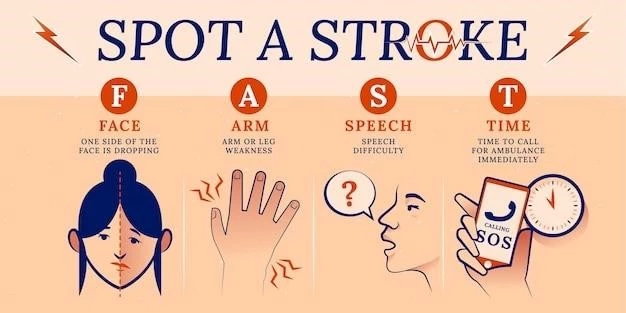Introduction to Pseudo-TORCH Syndrome
The term Pseudo-TORCH Syndrome refers to a group of rare genetic disorders with features mimicking congenital infections but lacking evidence of infection․ It is crucial to understand the complexities of this syndrome for proper diagnosis and management․
Pseudo-TORCH Syndrome is a rare genetic disorder that manifests with symptoms resembling congenital infections but lacks evidence of actual infection․ This syndrome is characterized by a variety of clinical features such as intracranial calcifications, microcephaly, spasticity, and seizures․ Understanding the complexities of Pseudo-TORCH Syndrome is essential for healthcare professionals to differentiate it from other conditions and provide appropriate care and management․
Understanding the Basics of Pseudo-TORCH Syndrome
Pseudo-TORCH Syndrome is a rare genetic disorder with symptoms resembling congenital infections but lacking actual infection evidence․ Clinical features include spasticity, seizures, and calcifications․
Identifying Symptoms of Pseudo-TORCH Syndrome
Pseudo-TORCH Syndrome presents with symptoms such as muscle spasticity, seizures, intracranial calcifications, microcephaly, and a blueberry rash․ Understanding these symptoms is crucial for early identification and appropriate management․
Diagnostic Procedures for Pseudo-TORCH Syndrome
Diagnosing Pseudo-TORCH Syndrome involves clinical assessments, imaging studies like CT scans to detect calcifications, genetic testing to identify mutations related to the syndrome, and evaluation of symptoms such as seizures, spasticity, and microcephaly․ A comprehensive diagnostic approach is crucial for accurate identification and management of Pseudo-TORCH Syndrome․

Genetic Factors and Pathology
Pseudo-TORCH Syndrome is associated with autosomal recessive inheritance and is characterized by clinical features resembling congenital infections but lacking evidence of actual infection․ Genetic mutations, such as mutations in the OCLN gene, play a crucial role in the pathogenesis of this syndrome․
Exploring the Genetic Basis of Pseudo-TORCH Syndrome
Pseudo-TORCH Syndrome is a rare autosomal recessive disorder linked to mutations in genes such as OCLN․ These genetic factors contribute to the syndrome’s resemblance to congenital infections without actual organism presence․ Understanding these genetic aspects is crucial for identifying and managing the condition effectively․
Pathological Mechanisms Underlying Pseudo-TORCH Syndrome
Pseudo-TORCH Syndrome exhibits a unique set of pathological mechanisms, including auto-inflammatory responses and abnormal neural development associated with OCLN gene mutations․ These mechanisms contribute to the syndrome’s distinct clinical features and require a specialized approach for diagnosis and management․
Treatment and Management
Effective treatment of Pseudo-TORCH Syndrome involves addressing individual symptoms such as seizures, spasticity, and developmental delays․ A multidisciplinary approach is essential for managing the complex needs of individuals with this syndrome․
Approaches to Treating Pseudo-TORCH Syndrome
Management of Pseudo-TORCH Syndrome involves symptomatic treatment tailored to individual needs, which may include antiepileptic drugs for seizures, physical therapy for spasticity, and developmental interventions for delays․ Collaborating with a team of specialists is essential in providing comprehensive care for individuals affected by this complex syndrome․
Management Strategies for Individuals with Pseudo-TORCH Syndrome
Effective management of Pseudo-TORCH Syndrome involves a multidisciplinary approach focusing on symptom management, developmental support, and addressing specific needs such as seizures and spasticity․ Collaborating with healthcare professionals specializing in neurology, genetics, and developmental pediatrics is key to providing comprehensive care and support for individuals with Pseudo-TORCH Syndrome․

Research and Future Directions
Ongoing research on Pseudo-TORCH Syndrome focuses on identifying genetic mutations like OCLN and understanding immune dysregulation mechanisms․ Future advancements may lead to improved diagnostic methods and targeted treatments, offering hope for individuals affected by this complex syndrome․
Ongoing Studies and Advancements in Pseudo-TORCH Syndrome Research
Current research on Pseudo-TORCH Syndrome focuses on understanding the genetic mutations associated with the syndrome, including the OCLN gene․ Advancements in immune dysregulation and neural inflammation mechanisms are paving the way for potential targeted therapies and improved management strategies for individuals affected by Pseudo-TORCH Syndrome․
Potential Developments in the Treatment of Pseudo-TORCH Syndrome
Advancements in the treatment of Pseudo-TORCH Syndrome may include targeted therapies tailored to specific genetic mutations like OCLN and the development of innovative interventions to address immune dysregulation and neuroinflammation․ These potential developments hold promise for improving patient outcomes and quality of life in individuals affected by this complex genetic disorder․
